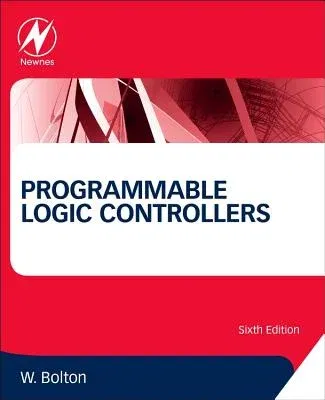William Bolton
(Author)Programmable Logic Controllers (Revised)Paperback - Revised, 3 March 2015

Qty
1
Turbo
Ships in 2 - 3 days
Only 2 left
Free Delivery
Cash on Delivery
15 Days
Free Returns
Secure Checkout

Print Length
424 pages
Language
English
Publisher
Newnes
Date Published
3 Mar 2015
ISBN-10
0128029293
ISBN-13
9780128029299
Description
Product Details
Author:
Book Edition:
Revised
Book Format:
Paperback
Country of Origin:
US
Date Published:
3 March 2015
Dimensions:
23.37 x
18.8 x
2.29 cm
Genre:
Science/Technology Aspects
ISBN-10:
0128029293
ISBN-13:
9780128029299
Language:
English
Location:
Oxford
Pages:
424
Publisher:
Weight:
884.5 gm